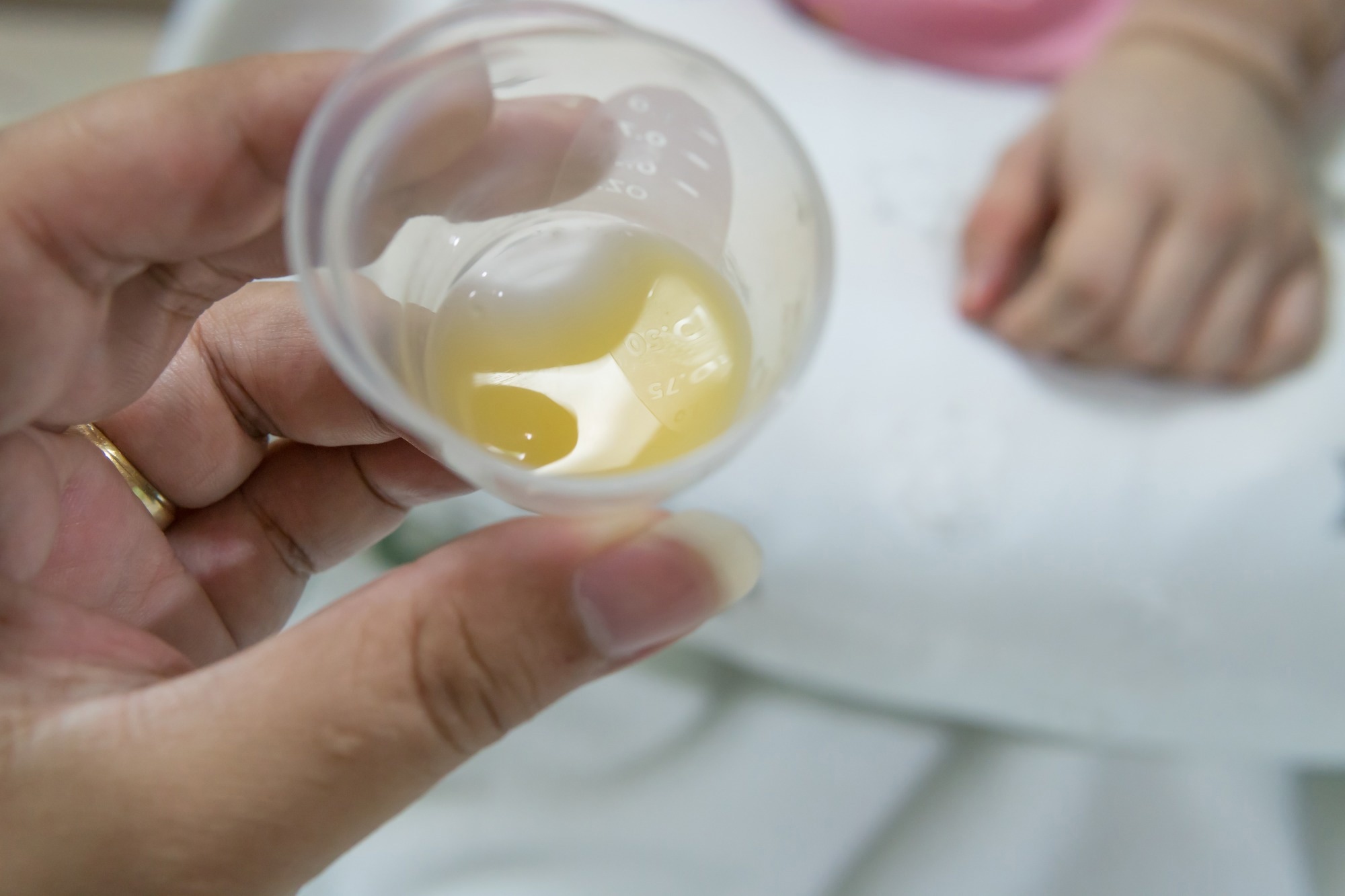
By Ettore Fantin
October 9, 2023
When it comes to menstruation, girls of any age can experience a range of uncomfortable symptoms, such as bloating, cramping, and mood swings. While it may be tempting to reach for comfort foods like chocolate and ice cream, certain foods can actually help alleviate these symptoms. In this article, we will explore what to eat on your period to help you feel your best.
Foods to Eat During Your Period
During your period, it’s important to eat a balanced diet that includes plenty of nutrient-dense foods. Here are some foods that can help you feel your best during your menstrual cycle.
Fruits
Fruits are a great source of vitamins and minerals that can help alleviate symptoms of PMS. Try to eat a variety of fruits, such as berries, bananas, oranges, and apples, to get a range of nutrients.
Vegetables
Vegetables are also important for a healthy period diet. Leafy greens, such as spinach and kale, are particularly rich in iron, which can help prevent anemia. Other vegetables, such as broccoli, carrots, and sweet potatoes, provide a range of vitamins and minerals.
Fish
Fish, especially salmon, is a great source of omega-3 fatty acids, which can help reduce inflammation and alleviate cramps. Try to eat fish at least twice a week.
Chicken
Chicken is a good source of protein, which can help keep you feeling full and satisfied. It’s also a good source of iron, which is important for preventing anemia.
Whole Grains
Whole grains, such as brown rice, quinoa, and whole wheat bread, are a good source of fiber, which can help regulate your digestion. They also provide a range of vitamins and minerals.
Nuts
Nuts, such as almonds and walnuts, are a good source of healthy fats, which can help reduce inflammation. They’re also a good source of protein and fiber.
Yogurt
Yogurt is a good source of calcium, which can help reduce cramps and bloating. It’s also a good source of probiotics, which can help regulate your digestion.
Iron-Rich Foods
Iron-rich foods, such as red meat, spinach, and lentils, are important for preventing anemia. Try to include these foods in your diet throughout your menstrual cycle.
Healthy Fats
Healthy fats, such as those found in avocado and olive oil, can help reduce inflammation and keep you feeling full and satisfied. Try to include these foods in your diet in moderation.
Remember to stay hydrated by drinking plenty of water throughout your period. Dehydration can exacerbate symptoms such as headaches and fatigue.
Foods to Avoid On Your Period
When you’re on your period, certain foods may actually exacerbate your symptoms and make you feel worse. Here are some foods to avoid during your period:
Spicy Foods
Spicy foods can irritate your digestive system and make your cramps worse. They can also cause heartburn or indigestion. If you’re craving something spicy, try eating milder versions of your favorite dishes or adding spices gradually.
Sodium
Sodium can cause bloating, which is a common symptom during your period. Avoid processed foods, which are often high in sodium. Instead, try cooking at home and using fresh ingredients. You can also try adding herbs and spices to your food for flavor.
Sugar
Eating too much sugar can cause your blood sugar levels to spike and then crash, which can leave you feeling tired and irritable. It can also exacerbate mood swings and make you feel more emotional. Try swapping sugary snacks for fruits or nuts.
Caffeine
Caffeine can exacerbate anxiety and irritability, which are common symptoms during your period. It can also cause insomnia, which can make you feel even more tired. Try swapping coffee for herbal tea or decaf options.
Alcohol
Alcohol can exacerbate mood swings and make you feel more emotional. It can also cause dehydration, which can make your cramps worse. If you do choose to drink, make sure to stay hydrated and limit your intake.
By avoiding these foods during your period, you may be able to alleviate some of your symptoms and feel more comfortable. Remember to listen to your body and eat what feels best for you.
Nutrients and Minerals that Relieve Period Cramps
What you eat can have a significant impact on how you feel during your menstrual cycle, particularly when it comes to period cramps. Certain nutrients can help reduce inflammation and pain, while others may exacerbate symptoms. Here are some key nutrients to consider when planning meals during your period:
Magnesium
Magnesium is a mineral that can help reduce the severity of menstrual cramps. Foods that are rich in magnesium include dark leafy greens, nuts and seeds, whole grains, and legumes. If you find it difficult to get enough magnesium from your diet, consider taking a supplement.
Calcium
Calcium is another mineral that can help ease period cramps. Dairy products such as milk, cheese, and yogurt are good sources of calcium, as are leafy greens and fortified plant milks. Aim for 1,000-1,200 milligrams of calcium per day.
Omega-3 Fatty Acids
Omega-3 fatty acids are anti-inflammatory and can help reduce menstrual pain. Fatty fish such as salmon and tuna are good sources of omega-3s, as are flaxseeds, chia seeds, and walnuts.
Vitamin B6
Vitamin B6 can help reduce bloating and mood swings during your period. Good sources of vitamin B6 include bananas, potatoes, chicken, and fish.
Fiber
Fiber can help regulate bowel movements and reduce bloating. Aim for at least 25 grams of fiber per day. Good sources of fiber include fruits, vegetables, whole grains, and legumes.
Antioxidants
Antioxidants can help reduce inflammation and fight free radicals in the body. Foods that are rich in antioxidants include berries, leafy greens, and dark chocolate.
Conclusion
In conclusion, eating a balanced and nutritious diet during your period can help alleviate symptoms and make you feel better overall. Incorporating foods rich in iron, magnesium, and omega-3 fatty acids can help reduce cramps, bloating, and fatigue.
It’s important to stay hydrated during your period, so be sure to drink plenty of water and avoid sugary drinks. Eating small, frequent meals throughout the day can help regulate blood sugar levels and prevent mood swings.
Remember to listen to your body and eat foods that make you feel good. While there are certain foods that may help alleviate symptoms, everyone’s body is different and what works for one person may not work for another.
In addition to a healthy diet, getting enough rest, exercising regularly, and managing stress can also help reduce period symptoms. Don’t be afraid to talk to your healthcare provider if you’re experiencing severe or persistent symptoms that interfere with your daily life.
Frequently Asked Questions
What are foods to avoid during menstruation?
During menstruation, it is best to avoid foods that can cause bloating, inflammation, and discomfort. Some foods to avoid include processed foods, fried foods, caffeine, alcohol, and sugary snacks. These foods can worsen symptoms such as cramps, headaches, and mood swings. Instead, opt for whole foods such as fruits, vegetables, lean protein, and whole grains.
What are some snacks that can help alleviate period cravings?
It is common to experience cravings during menstruation, but it is important to choose snacks that are healthy and can help alleviate symptoms. Some snacks to consider include dark chocolate, nuts, fruits, and yogurt. These snacks are rich in nutrients such as magnesium, calcium, and vitamin B6, which can help reduce bloating, cramps, and mood swings.
What are some drinks that can help ease menstrual symptoms?
Staying hydrated is crucial during menstruation, and certain drinks can help ease symptoms. Drinking water is essential, but herbal teas such as ginger, chamomile, and peppermint can also help reduce cramps, bloating, and inflammation. Avoid drinks that are high in caffeine or sugar, as they can worsen symptoms.
What are some natural remedies for period cramps?
Period cramps can be uncomfortable, but there are natural remedies that can help alleviate the pain. Applying heat to the lower abdomen can help relax muscles and reduce cramps. Massaging the area with essential oils such as lavender or peppermint can also provide relief. Additionally, practicing gentle exercise such as yoga or walking can help reduce cramps and improve mood.

 PARENTING TIPS
PARENTING TIPS PREGNANCY
PREGNANCY BABY CARE
BABY CARE TODDLERS
TODDLERS TEENS
TEENS HEALTH CARE
HEALTH CARE ACTIVITIES & CRAFTS
ACTIVITIES & CRAFTS

